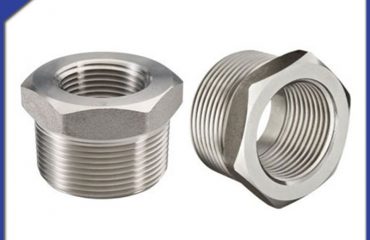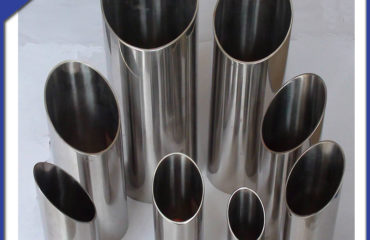
Weld neck flanges are commonly used in various industries, including oil and gas, chemical, and power generation. These flanges are designed to connect pipes, valves, and other equipment by welding the flange onto the pipe end. While weld neck flanges are primarily used for their superior strength and reliability, they can also have an impact on the flow dynamics within a piping system. This article aims to explore the various ways in which weld neck flanges can affect flow dynamics.
Flow Restriction
One of the key factors to consider when using weld neck flanges is the potential for flow restriction. The presence of a flange introduces an obstruction in the flow path, which can lead to pressure drops and increased fluid velocity. These flow restrictions are more pronounced in high-velocity systems or when the flow passes through a smaller diameter flange compared to the pipe. Engineers must take into account these flow restrictions when designing a piping system to ensure that the system can handle the desired flow rates without excessive pressure drops.
Turbulence and Flow Pattern Disturbance
Weld neck flanges can also cause turbulence and disturbance in the flow pattern. The welding process creates uneven surfaces and protrusions that can disrupt the smooth flow of fluids. Turbulence can cause increased frictional losses, resulting in pressure drops and reduced efficiency within the system. The effects of turbulence can be mitigated through careful welding and surface finishing techniques, such as grinding or smoothing the weld beads.
Vortex Shedding and Flow Induced Vibrations
Another flow dynamic phenomenon associated with weld neck flanges is vortex shedding and flow-induced vibrations. The geometrical features of the flange, such as sharp edges and corners, can create vortices as the fluid flows past. Vortex shedding can induce vibrations in the system, which can be detrimental to the structural integrity of the piping system. These vibrations can lead to fatigue failure over time. To minimize the risk of flow-induced vibrations, engineers often incorporate flow control devices, such as vortex suppressors or strakes, to disrupt vortex shedding and dampen vibrations.
Hydraulic Forces
The presence of weld neck flanges can also influence the hydraulic forces within the piping system. The change in flow direction at the junction of the flange can cause local pressure variations and eddies. These hydraulic forces can impact the stability and reliability of the system, particularly in applications where flow control and stability are critical, such as nuclear power plants or offshore oil and gas platforms. Proper design considerations like the use of flow conditioners or flow straighteners can help mitigate the impact of hydraulic forces on the system’s performance.
The impact of weld neck flanges on flow dynamics can be significant and should not be overlooked during the design and installation of piping systems. Flow restriction, turbulence, vortex shedding, and hydraulic forces are all factors that can affect system efficiency, stability, and reliability. Engineers should carefully consider these factors and implement appropriate measures to mitigate their impact. Through careful design and attention to detail, weld neck flanges can be used effectively in piping systems while minimizing the negative effects on flow dynamics.
 Language
Language Espanol
Espanol English
English Italian
Italian عربى
عربى
 Skype: chinamaker99
Skype: chinamaker99  Tel: 86-316-5120812
Tel: 86-316-5120812  Email:
Email:  Whatsapp:
Whatsapp: 
